The food culture of the United States is impossible to pinpoint. The country’s vast size has led to the creation of a ton of dishes that are unique to the characteristics and environment of their birthplace. Major historical events have also done their fair share of contributing to foods that have, over time, become an important source of identity for many Americans.
Here are the surprising origins of these 9 uniquely-American foods.
Green Bean Casserole
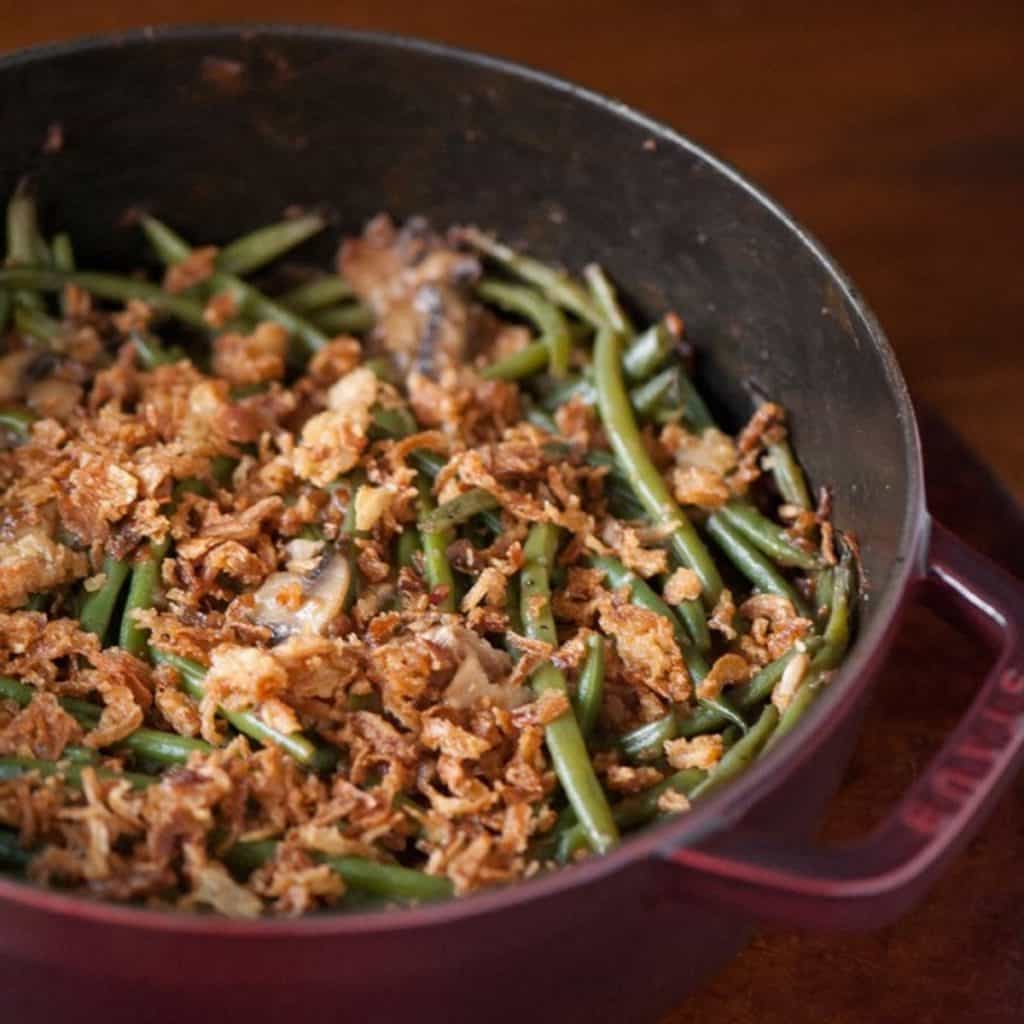
Green Bean Casserole has been a Thanksgiving staple at nearly every household across the United States, particularly in the Midwest. Introduced in the late 1950s, this classic dish is uncomplicated and fuss-free, consisting of only six ingredients: Campbell’s Cream of Mushroom, milk, soy sauce, black pepper, fried onions, and of course, green beans.
The simple Green Bean Casserole is not just a Thanksgiving dish; it also serves as an important cultural touchpoint for many Americans. “Green Bean Casserole in the Midwest seems to be, in many contexts, an unintentional performance of identity,” says Lucy Long, the director of the non-profit organization, Center for Food and Culture. “But at other times, it is also a very purposeful expression of local identity.”
Banana Bread
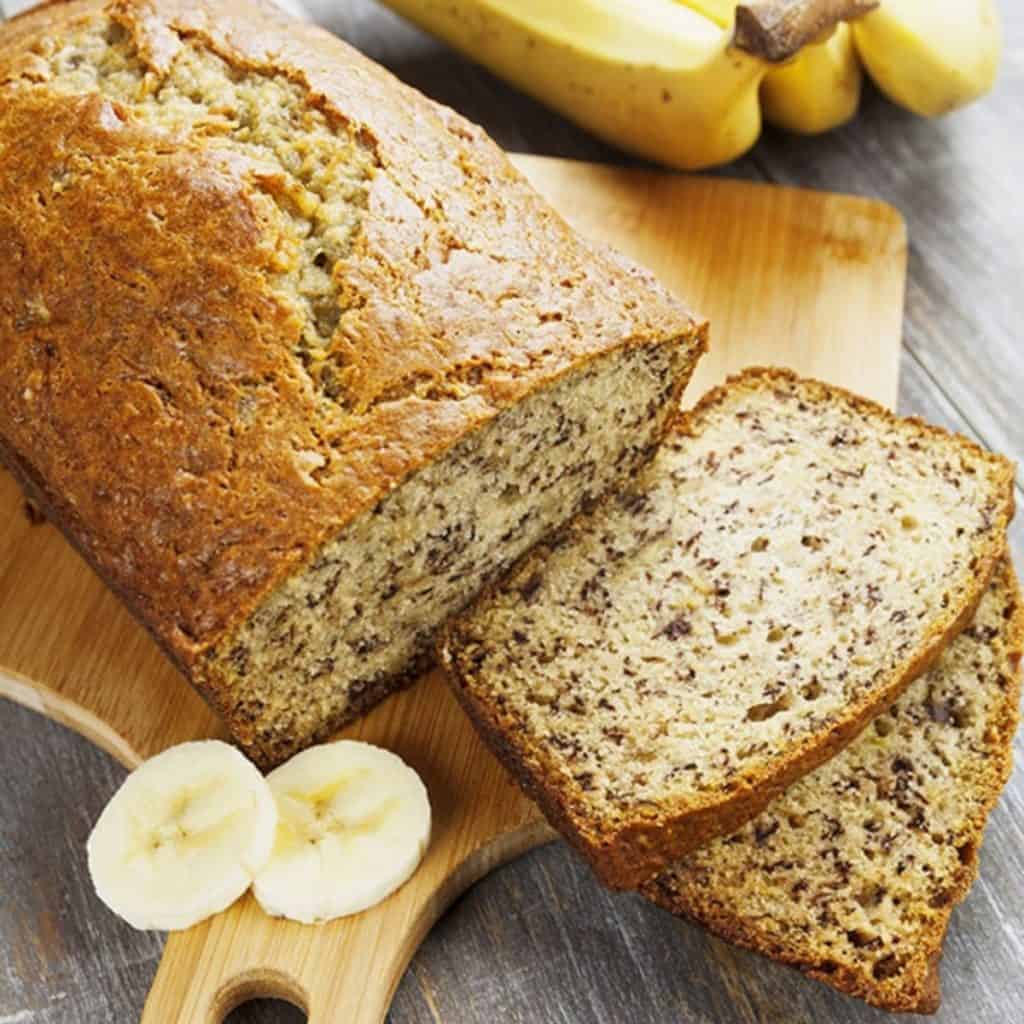
Despite bananas not being native to North America, Banana Bread is the most sought-after bread recipe across the country. This moist and sweet bread is made with mashed bananas and, in some cases, a bit of cinnamon or chocolate chips.
Banana Bread emerged during the Great Depression when every scrap of food was precious, even rotten bananas. Combined with the mass production and the sudden availability of baking powder, many resourceful housewives and amateur cookbook authors began coming up with recipes using mashed overripe bananas. By the time the decade ended, Banana Bread had become an American favorite.
Pecan Pie
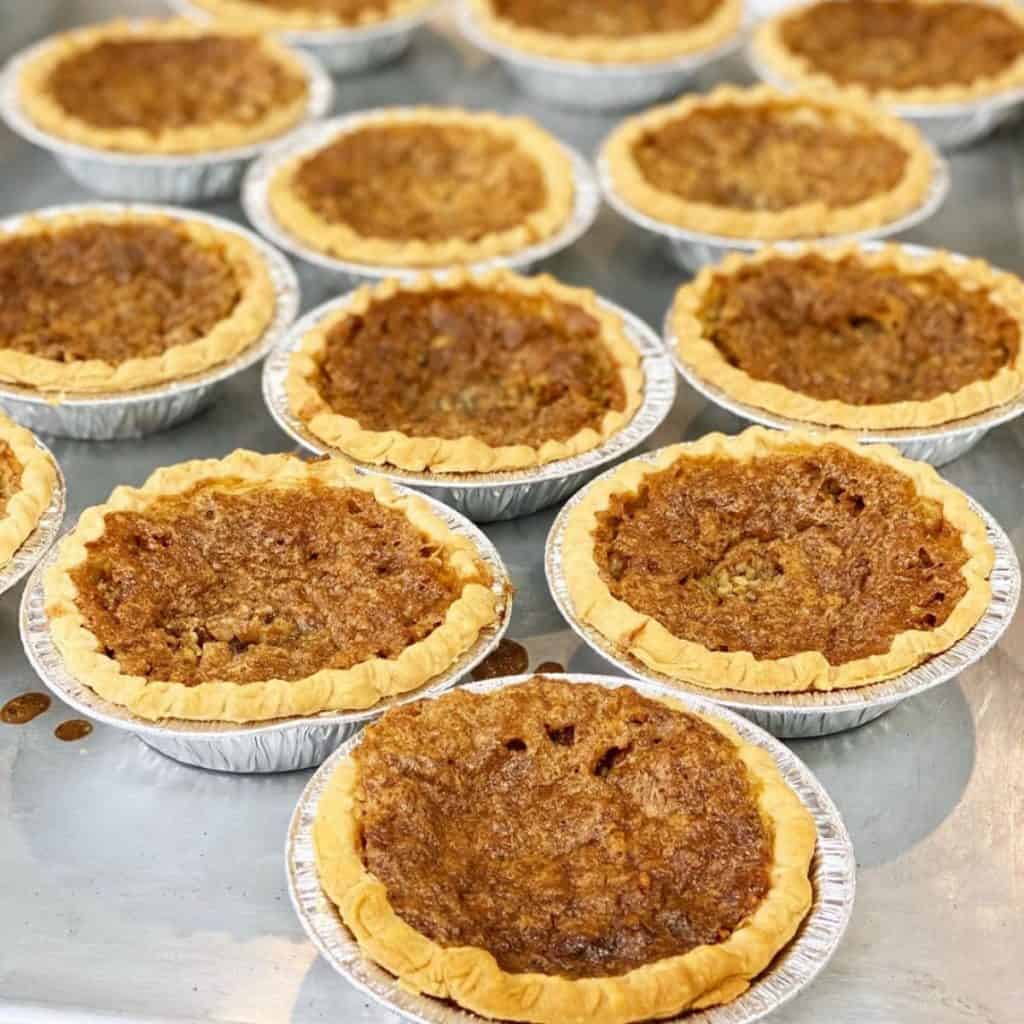
This traditional holiday dish primarily made with pecan nuts is the official state dessert of Texas, where the recipe originated from during the late 19th century. While many cookbooks featured this unique dessert dish that was made with proudly-American ingredients, it was not until the mid-1920s when it surged in popularity after the company behind Karo Syrup began printing pecan pie recipes on their cans.
Today, there are many variations of pecan pie, which include the addition of spirits like bourbon and whiskey. Recent health and wellness trends have also seen the emergence of keto pecan pies and even some with chia seeds.
Gumbo
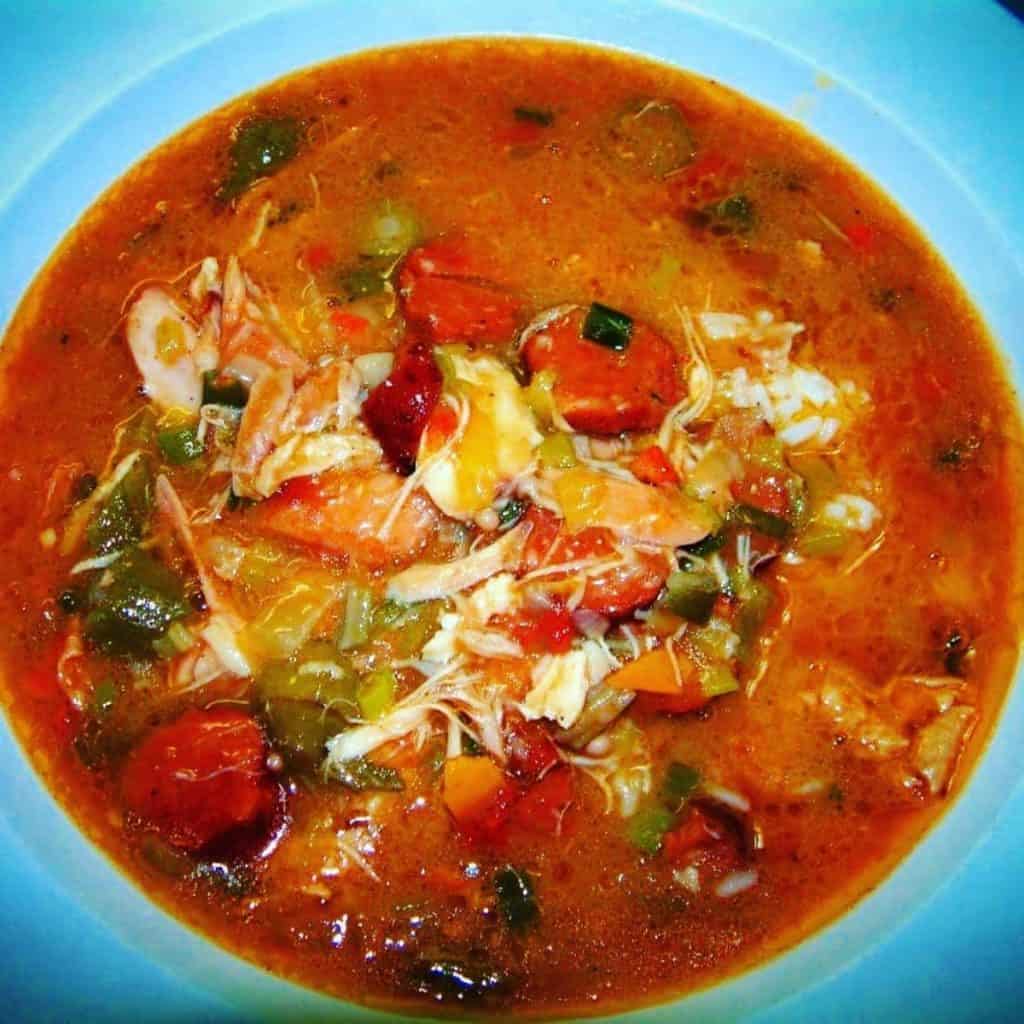
Popular in the state of Louisiana, Gumbo is a soup dish with vegetables and either meat or shellfish. It has a distinct and earthy taste with plenty of seasoning, although not spicy, and is sometimes served on top of steaming white rice.
According to the Southern Foodways Alliance, Gumbo is a tangible symbol of Louisiana’s diverse cultures and its “melting pot nature of cooking.” Influenced by the state’s Cajun Creole people, the dish has a very long history that dates back to the early 19th century when it was served during a gubernatorial reception in New Orleans. Since then, many variations of Gumbo have been created but its basic ingredients remain more or less the same.
“I’m convinced that part of Gumbo’s virtue, aside from its deliciousness, is that the dish is very forgiving of the cook,” writes Stanley Dry. “Measurements do not have to be exact, ingredients may be changed to use what is on hand, and unless the diners are so set in their ways that they can’t appreciate change, the result will be quite good.”
Clam Chowder
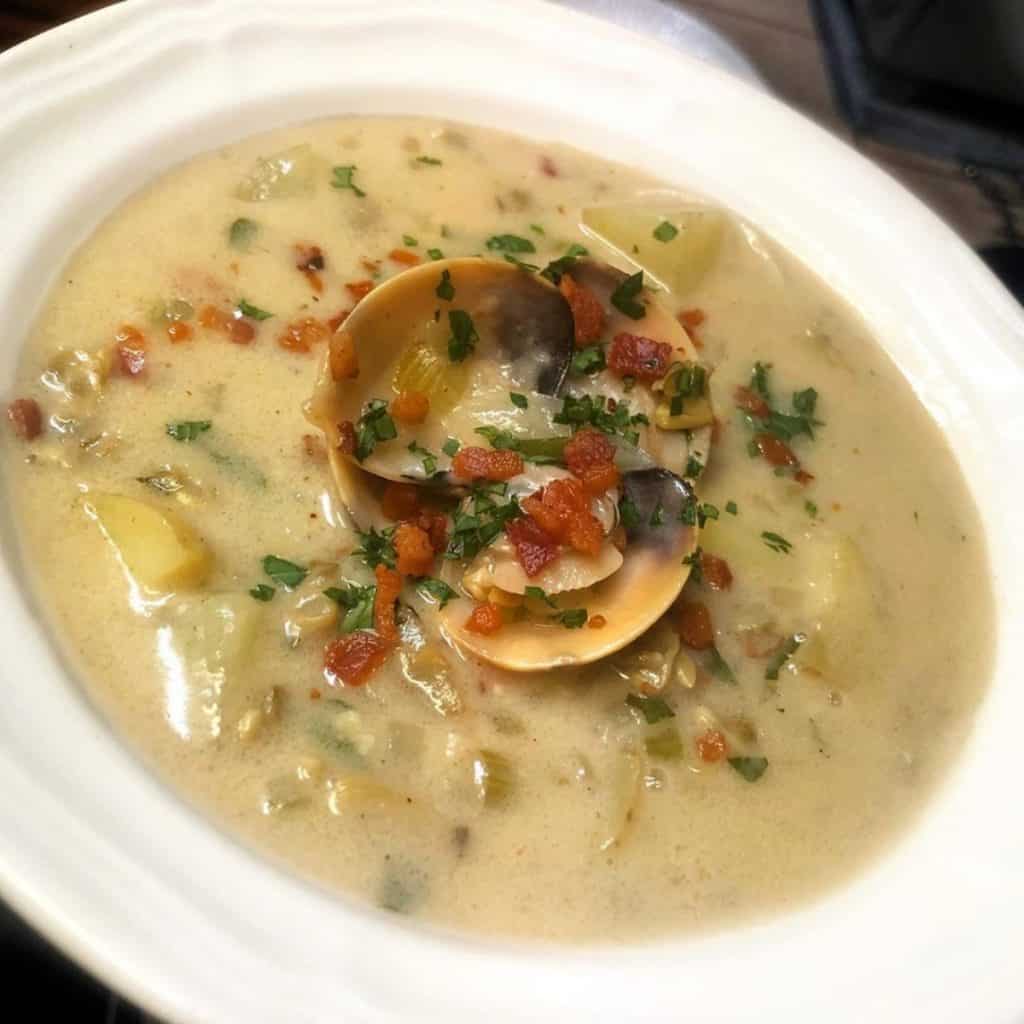
A classic New England dish, Clam Chowder is a thick broth with clams, potatoes, onions, and celery. Its briny flavor makes it the perfect comfort food and its many different variations cater cater to every taste.
Many believe that Clam Chowder was brought to North America by French, Nova Scotian, or British sellers. By 1836, the dish was a popular menu item at the oldest operating restaurant in the country, the Ye Olde Union Oyster House in Boston. Even Herman Melville dedicated an entire paragraph to the soup’s unique flavor in his most famous book, Moby Dick.
Other popular variations of the dish include the Manhattan Clam Chowder, known by its distinct red color due to the addition of tomatoes and tomato paste. There is also the Mexican-inspired Cabo Clam Chowder, which features peppers, hot sauce, and tortilla chips.
Crab Cakes
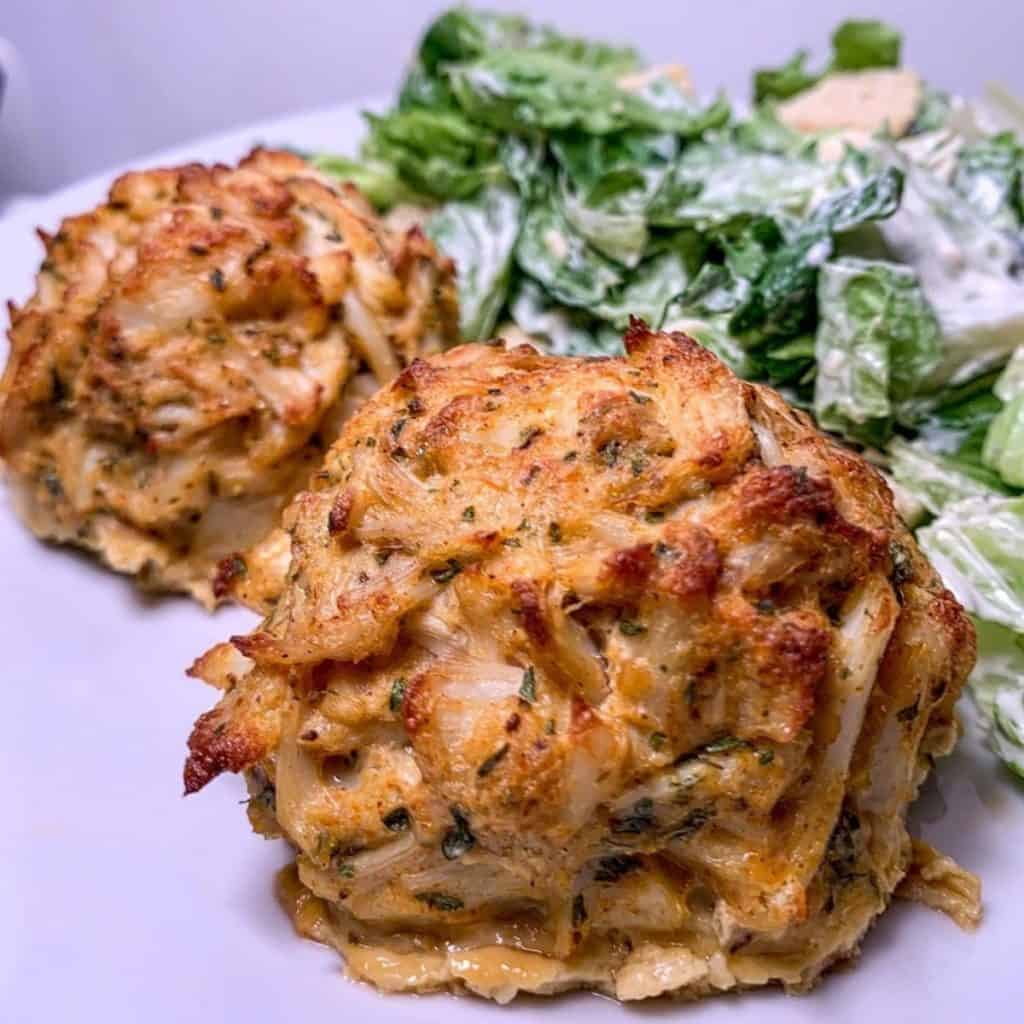
Usually made with crab meat, breadcrumbs, and mayonnaise, Crab Cakes are considered a local specialty in the state of Maryland and the Chesapeake Bay area. While there had been plenty of crab dishes during the early colonial period, they were only called “Crab Cakes” when Crosby Gaige referred to them as such in his 1939 cookbook, the New York World’s Fair Cook Book. Recipes for this dish further proliferated once people figured out how to access the crab meat. When manufacturers began selling canned crab products, Crab Cakes spread like fire outside state lines.
Crab Cakes used to be a simple and cheap home meal for families in the Chesapeake Bay area but today, it can be found in most supermarkets and seafood restaurants throughout the country. World-renowned chefs, including Gordon Ramsay and Mario Batali, have even included the dish in their menus.
Cranberry Sauce
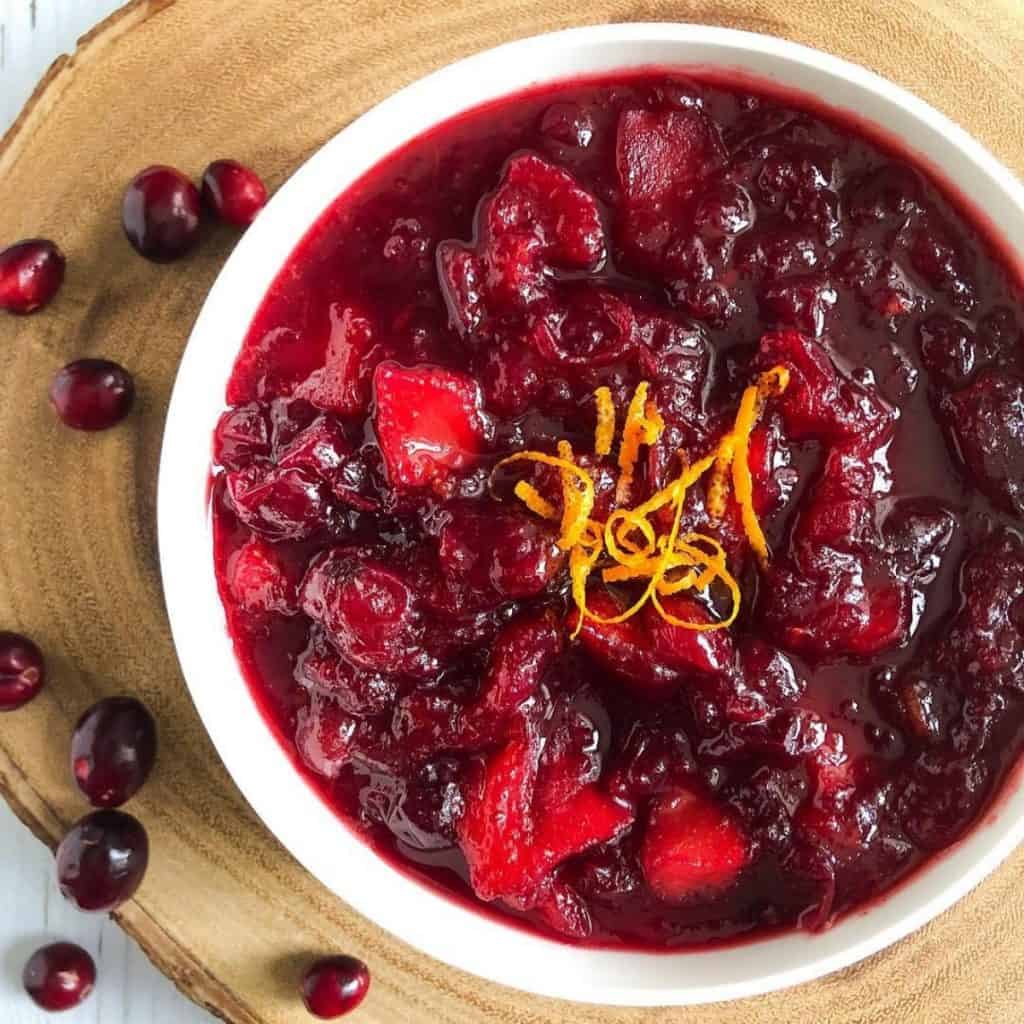
Cranberry Sauce is a ubiquitous feature on Thanksgiving dinner spreads throughout the United States. This sweet and tart side dish is the perfect accompaniment to other traditional Thanksgiving dishes, such as turkey and mashed potatoes, and many Americans even consider Cranberry Sauce recipes to be a valuable family heirloom.
Known as one of the few commercially grown fruits native to the United States, cranberries are considered to be the most “American fruit.” The first recipe for the dish dates back to 1796 when American Cookery, written by Amelia Simmons, encouraged diners to serve roast turkey with “boiled onions and cranberry sauce.” However, this original recipe was probably very tart as sweeteners had not been invented yet. By the early 19th century, though, Cranberry Sauce was a beloved holiday staple, thanks to the creation of canned cranberry jelly and the commercialization of the fruit.
Biscuits and Sausage Gravy
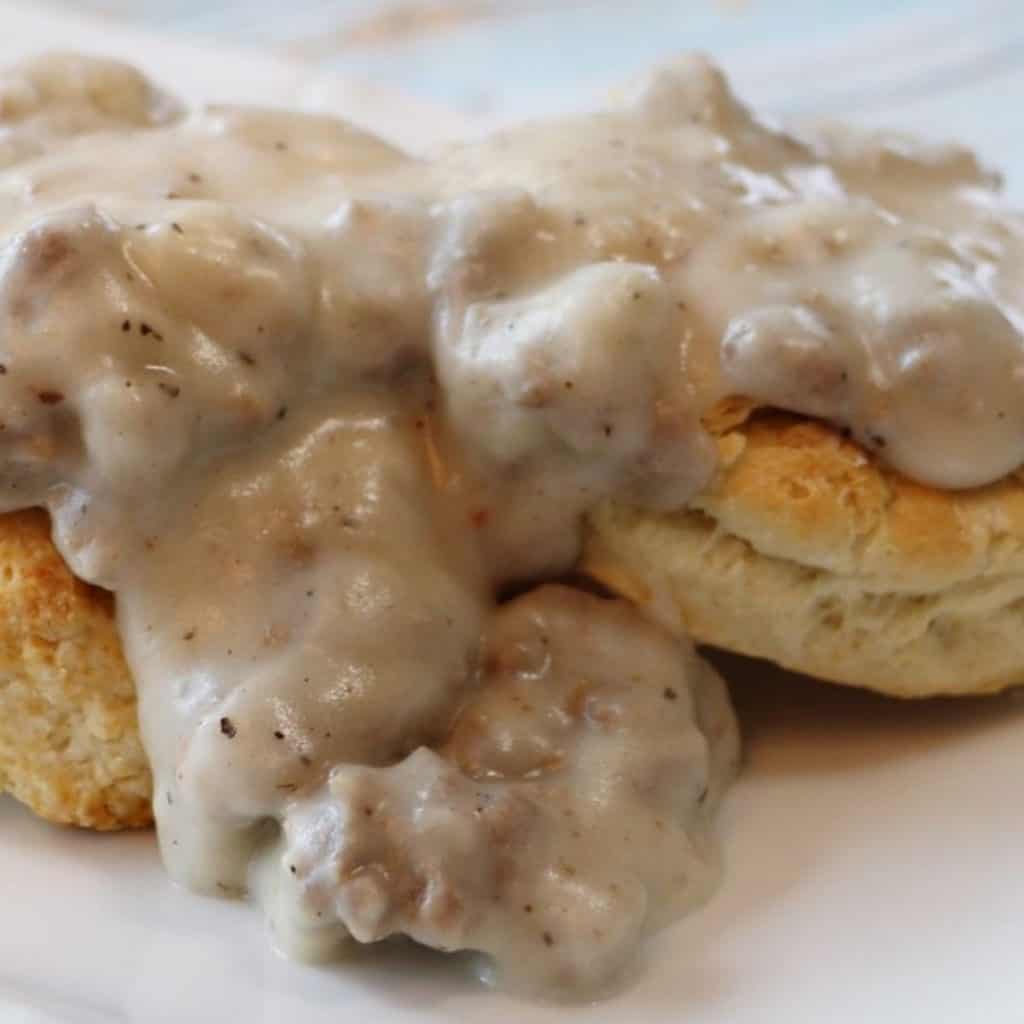
This mouthwatering breakfast meal of buttery flaky biscuits accompanied by sausage-studded creamy gravy is a beloved dish in the South, its birthplace. The cheap dish bursting with calories was the ideal meal for sawmill workers who spent all day lifting heavy logs in the Southern Appalachia region. The modest origins of Biscuits and Gravy meant that it was initially perceived as food fit only for the poor and the working class who did not have much money to spare.
The dish eventually spread beyond the region, even reaching diners in the Pacific Northwest, and recipes started popping up in countless cookbooks. “As a staple of the poor, Biscuits and Gravy would never have appeared on fancy restaurant or hotel menus in Portland’s past,” says Arndt Anderson. “By the early 1980s, though, seemingly out of nowhere, spots around town began casually advertising the B&G, as though it had always held the same breakfast menu real estate as bacon and eggs.”
Today, this traditional southern dish can be found across the United States, even in plant-based and vegan restaurants.
Texas Barbecue
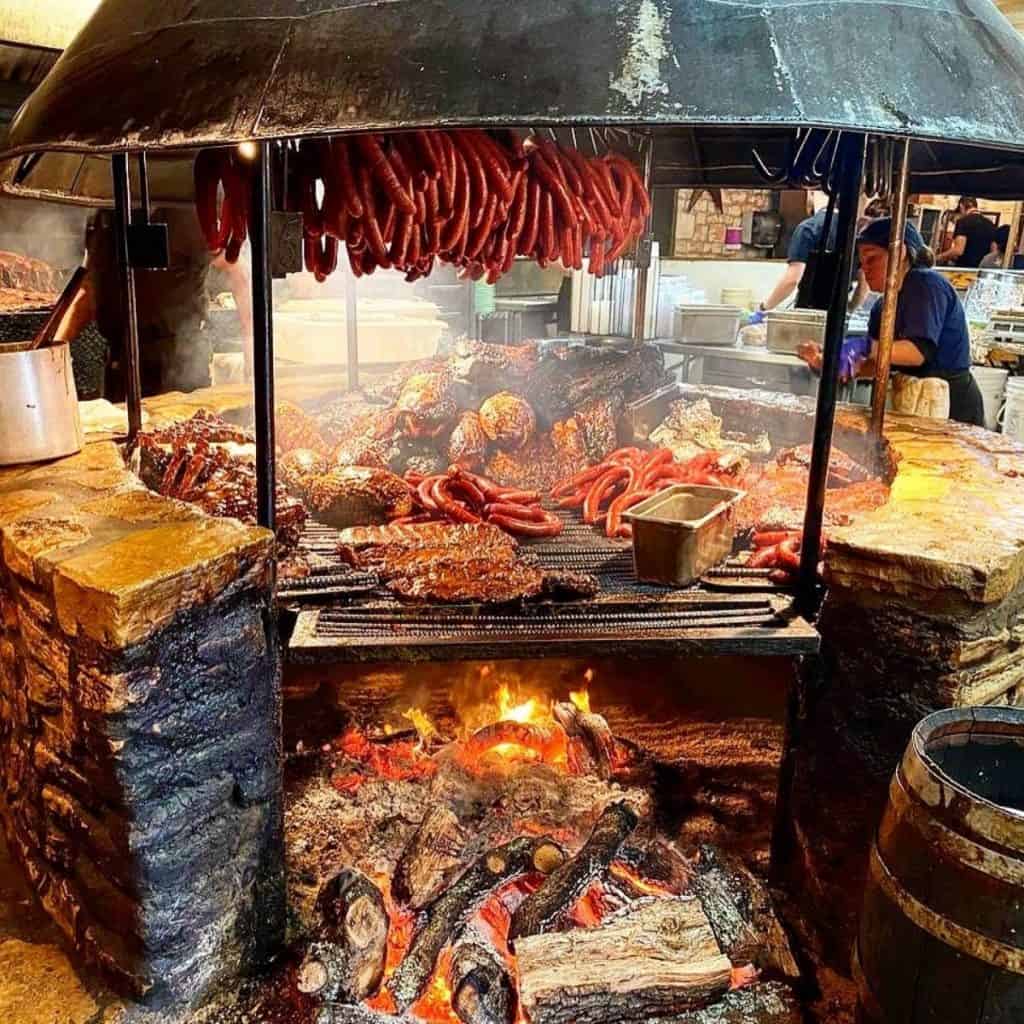
Visitors to the Lone Star State find it impossible to avoid a taste of the region’s famous Texas Barbecue, whose taste characteristics depend on which part of the state you are in. For instance, barbecue joints in Central Texas prefer to use oak and pecan wood while those in West Texas opt for mesquite. For those in South and East Texas, the barbecue sauce is the most important feature of the dish while Central Texans are all about the dry rub.
Regardless of its regional differences, Texas Barbecue is a crucial aspect of the state’s identity, and it is difficult to find a Texan town without a barbecue joint. Originally brought to the region by German and Czech immigrants, Texas Barbecue has evolved into a culture among passionate pitmasters in the state.
“It’s not what we put in our barbecue, it’s what we don’t put in our barbecue that makes it so good,” says renowned pitmaster Barret Black, quoting his grandfather, Edgar Black Jr. “From the farmer who raised the animal to the many hours we spend caring and preparing each cut of meat, we don’t want to mask the natural flavors of the meat and smoke we all worked so hard for.”

